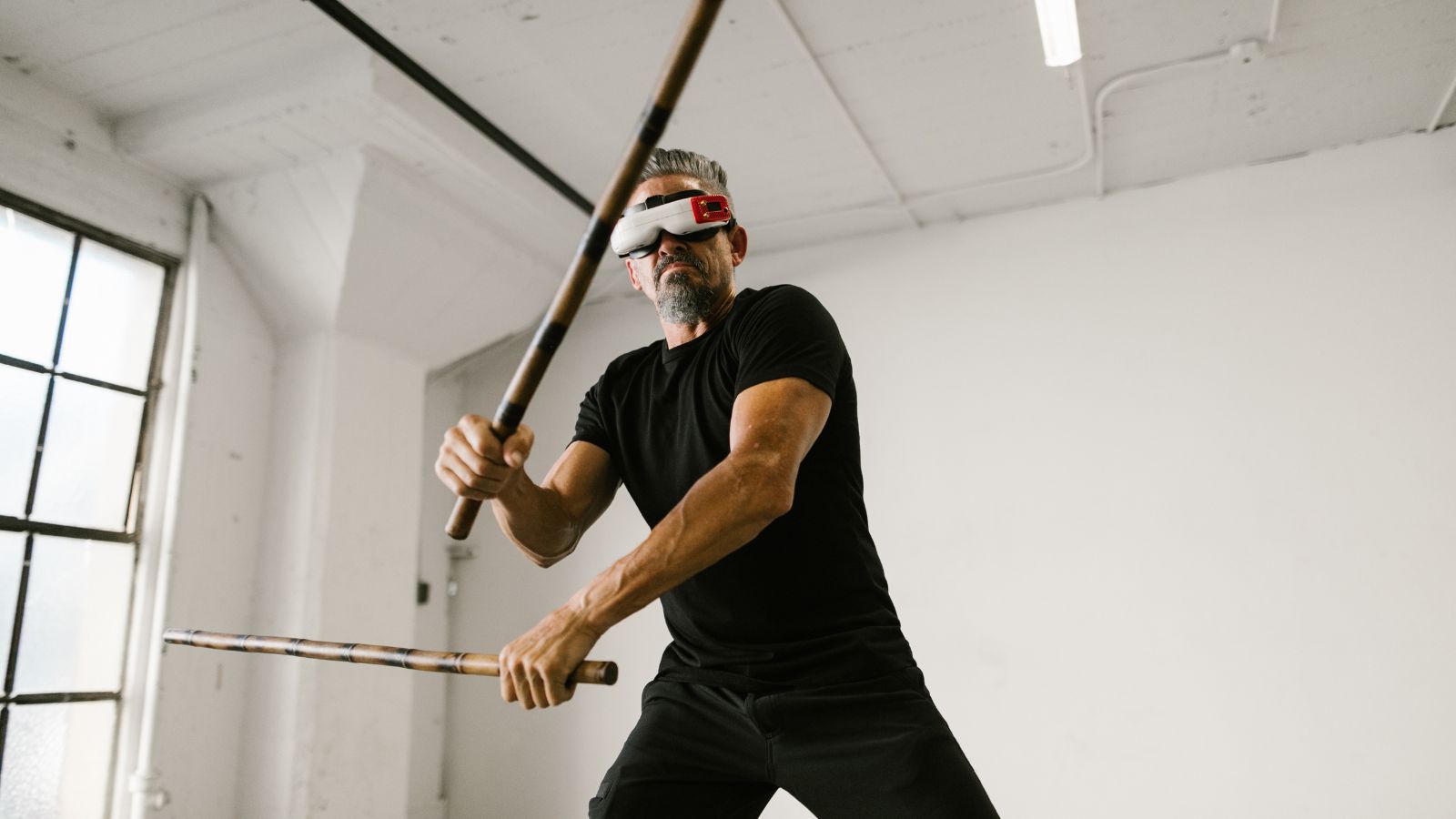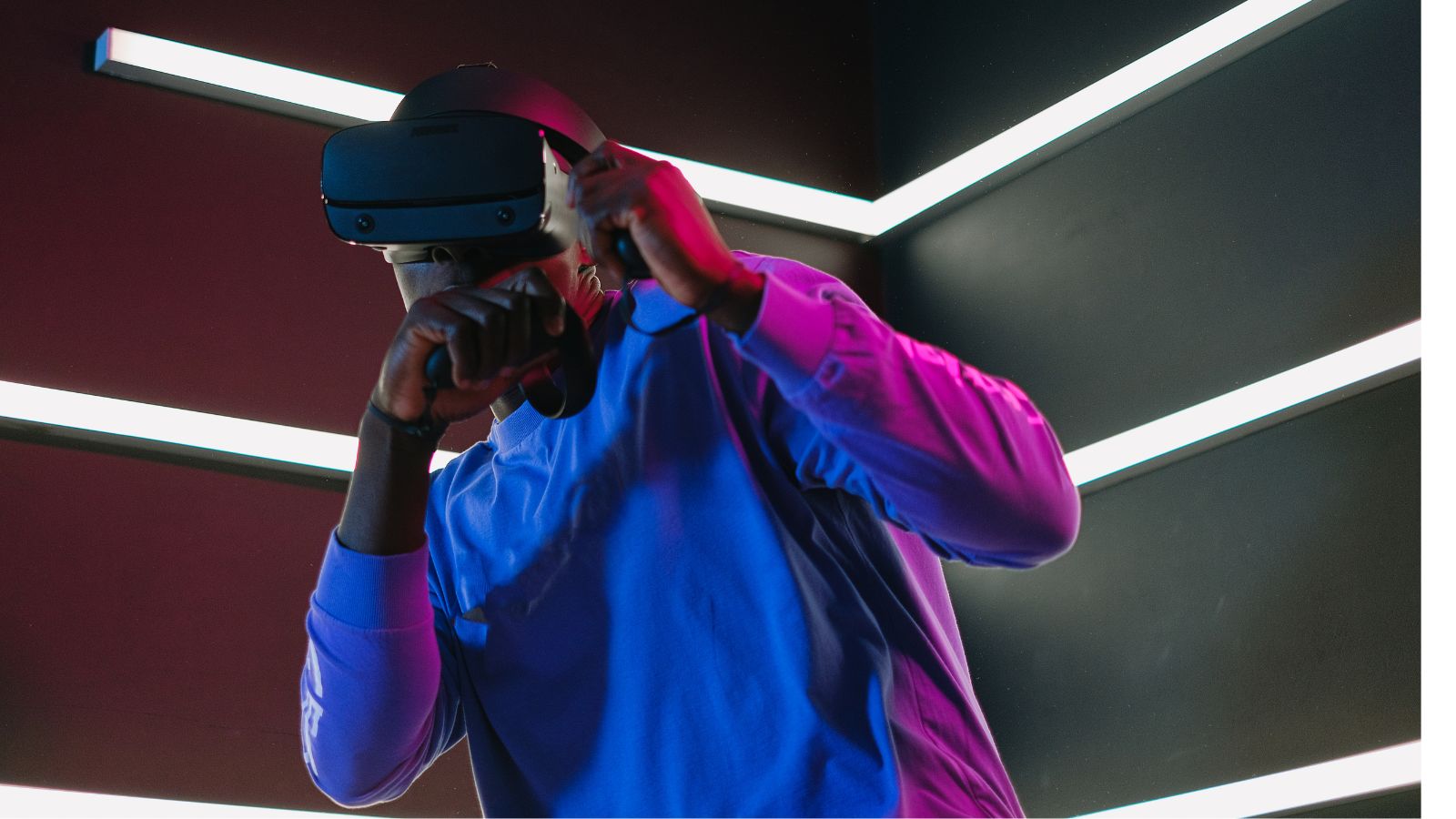Esports has transformed competitive gaming into a billion-dollar industry, with professional players dedicating countless hours to refining their skills. Unlike traditional sports, where physical conditioning plays a critical role, esports demands different training—one that enhances reflexes, decision-making, and hand-eye coordination.
As the industry continues to evolve, innovative training methods emerge, and virtual reality (VR) is at the forefront of this transformation. VR technology is no longer just about immersive gaming experiences; it is now used to sharpen competitive gaming skills. With the ability to simulate real-world gaming scenarios and provide a more engaging training environment, VR is changing how esports players prepare for tournaments.
Beyond esports, VR is also making waves in the casino gaming industry, enhancing user engagement and offering immersive experiences that redefine online gameplay. If you’re interested in exploring how VR transforms casino games and brings a new level of realism to virtual betting, click here to learn more about the latest advancements in this exciting field.
This technology bridges the gap between conventional training methods and next-generation esports development. But how exactly is VR being integrated into esports training? What are the benefits, and how will it shape the future of competitive gaming?
How Virtual Reality Enhances Esports Training
Virtual reality is fundamentally different from traditional gaming setups. It immerses players in a digital world where they can practice movements, fine-tune their reactions, and simulate match scenarios. Unlike standard monitors and controllers, VR allows players to engage with the environment in a more interactive way.
One of the biggest advantages of VR in esports training is its ability to replicate real-life match conditions. Players can experience high-pressure situations, practice strategic maneuvers, and react to simulated opponents with lifelike movements. This training improves their cognitive abilities, allowing them to make faster decisions under pressure.
Another key benefit is that VR training can enhance a player’s spatial awareness. Positioning is critical in first-person shooters (FPS) and real-time strategy (RTS) games. VR environments allow players to better understand map layouts, enemy movements, and game mechanics in a way that traditional screens cannot offer.

The Rise Of Vr Training Programs For Esports
Several VR-based training programs have emerged in recent years, offering specialized exercises designed to refine esports skills. These programs cater to different genres, from FPS games like Counter-Strike: Global Offensive and Valorant to multiplayer online battle arena (MOBA) games like League of Legends.
One notable example is VR Aim Trainer, a program designed to help FPS players improve their shooting accuracy and reaction time. With VR headsets and motion controllers, players can practice their aiming skills in a fully immersive environment, refining their ability to lock onto targets precisely.
Similarly, professional esports teams use Refrag VR to simulate match scenarios. It provides training drills that enhance a player’s strategic thinking, allowing them to execute tactics more effectively in competitions. These tools are making VR an essential component of high-level esports training.
Vr’s Psychological Benefits For Esports Athletes
Beyond improving technical skills, VR training also offers psychological advantages for esports athletes. Competitive gaming can be mentally exhausting, with high-stakes tournaments demanding intense focus and endurance. VR helps players manage stress by simulating competitive scenarios, allowing them to develop coping mechanisms for handling pressure.
One of the biggest mental benefits is mindfulness training. Many VR applications are designed to help players build concentration, regulate breathing, and maintain focus during stressful situations. These exercises are crucial for esports athletes, who often face mental fatigue after long hours of gameplay.
Additionally, VR can help in team coordination and communication. Multiplayer VR experiences enable teams to practice in immersive settings, improving synergy and teamwork. Players can develop better communication strategies by simulating real match conditions, which can be the difference between victory and defeat in high-stakes competitions.
Challenges Of Integrating Vr Into Esports Training
Despite its numerous advantages, adopting VR in esports training is challenging. One of the primary obstacles is hardware accessibility. VR headsets and motion-tracking equipment can be expensive, making it difficult for amateur players and smaller esports teams to integrate VR into their training routines.
Another challenge is the physical strain associated with VR gaming. Unlike traditional esports training, which primarily involves sitting at a desk, VR requires movement, which can lead to fatigue over extended sessions. Some players may experience motion sickness, impacting their ability to train effectively.
Moreover, not all esports titles currently support VR training programs. While FPS and sports-related games benefit greatly from VR simulations, strategy games, and MOBAs rely heavily on traditional keyboard-and-mouse setups. Developers must create VR-friendly versions of these games to integrate virtual reality fully into esports training.

The Future Of Vr In Esports Training
As technology advances, the future of VR in esports looks promising. With the development of more affordable VR headsets and AI-powered training simulations, accessibility will improve, allowing more players to incorporate VR into their routines.
In the coming years, VR esports academies will emerge, offering structured training programs for aspiring professional players. These academies will use VR to analyze player performance, identify weaknesses, and provide customized drills to improve specific skills.
Another exciting development is the potential for haptic feedback suits, which could further enhance immersion. These suits would allow players to feel in-game actions, such as a gun’s recoil or an explosion’s impact, making training even more realistic.
Brain-computer interface (BCI) advancements could redefine how players interact with games. By combining VR with neural technology, esports athletes may eventually control in-game actions using their thoughts, creating a new era of mind-driven gameplay.
Conclusion
Virtual reality revolutionizes esports training by providing players with immersive, high-intensity environments that enhance their skills, reflexes, and mental resilience. While challenges such as hardware costs and motion sickness remain, the potential benefits far outweigh the drawbacks. As VR technology becomes more accessible, we will likely see a surge in its adoption across professional and amateur esports circles.
For competitive gamers looking to gain an edge, VR offers a new dimension of training that was previously unimaginable. The future of esports is evolving, and virtual reality is set to play a pivotal role in shaping the next generation of gaming champions.
